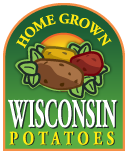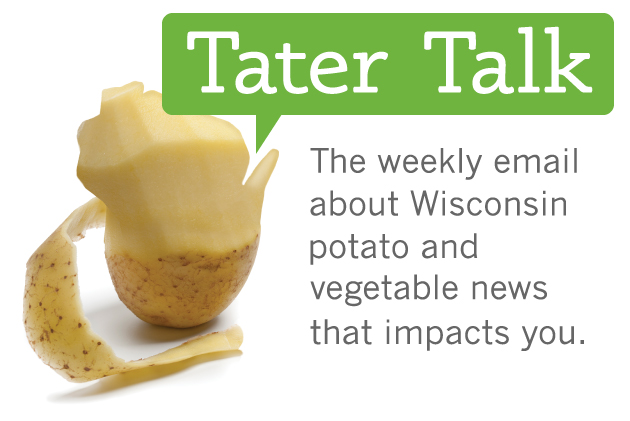Local Foods: What does this mean to you?
Local foods, what does that actually mean? There are many definitions, but generally people define it based on their personal beliefs and some rough, geographical information. Some think local foods can only come from within 100 miles of one’s home. Many others define local foods as those grown and sold within their own states, regions or anywhere within the United States. The USDA defines local as within 400 miles; by this definition, “locavores” would buy and consume food only grown within our state. In general, most of us define local as anything grown within our great state of Wisconsin or at least within the boundaries of the United States. But underlying that is the belief that it’s just healthy food that adds value to our local economy—this is a very reasonable definition. Whatever your definition, the actual details always come back to: what does it matter to me and my family? Is this sustainable for my long-term food security, my health, the safety of food and for the economic sustainability of my community? So, now let’s look at the term “local” as a realistic vision for the long-term health and benefits to our society.
Agricultural specialization has resulted in many ecological, economic and societal advancements over time. The “supply more for less inputs” is very successful within these specialized industries, and this has resulted in a sustainable, large-scale agricultural system. With today’s industrialization, agricultural is a multi-faceted industry with wide ranging distribution systems and complex interactions among the supply chain. Many times, you may be buying a locally produced product, but you would not be aware of it simply because it is not stated clearly on the packaging. But if you knew it was local, would you buy it over another non-local product? Would you pay more? Do you have any idea of the community value local food production brings to rural America? Do you know that these locally produced agricultural products have vast impacts and great influence on our local economies?
For a specific example, let’s look at the value that the Central Wisconsin vegetable system has brought to many local communities in our state. A seven county region in Central Wisconsin known as the Central Sands region is one of the most abundant, healthy, and productive regions for vegetables in the nation. You may know the value this region brings to ensuring a safe and effective food supply for all of us, but do you know the economic value this brings to each county and their rural communities? These counties (Portage, Waushara, Adams, Marquette, Wood, Green Lake and Waupaca) have thriving rural economies due to the impacts of agriculture in the region.
Let’s look at each county individually to see specifics on how many jobs, tax revenue, sales and/or percentages of economic value are involved in agricultural in the regions*.
- Portage
- Agriculture provides over 5500 jobs in the county – 13% of total county workforce.
- Over $32 million are paid in taxes due to agricultural activity.
- Vegetable production alone provides over $103 million dollars of sales.
- Waushara
- Agriculture accounts for 19% of jobs in the county.
- Agriculture and its related businesses provide over $230 million dollars into the regions (more than 22% of total counties business sales).
- Adams
- Provide $7 million in taxes.
- Direct marketing sales add $67,000 to economy.
- Farmers account for 28% of the county’s land.
- Marquette
- Agriculture provides over 1900 jobs to the region.
- Processing companies account for $65.9 million of income in the county.
- Wood
- Pays almost $22 million in taxes.
- Business to business activity in the county generates over $54 million in sales.
- Green Lake
- Agriculture provides 15% of the county’s jobs.
- Agriculture in the county accounts for $88 million (or 16%) of county incomes.
- Waupaca
- Vegetable production accounts for over $9 million in sales.
- Around 14% of county income comes from agriculture.
So, no matter how you define local, the important thing to remember is that local Wisconsin agriculture produces high-quality products while providing a great value to rural communities. Your local buying decisions help support those growers and create economic benefits to these areas. However you define local, it must be comforting to know that local farmers are working hard to provide you healthy, safe food, while also providing valuable resources, taxes and jobs to our local communities.
*Data source: “The Economic Impacts of Agriculture in Wisconsin Counties” by Steven Deller, Department of Agricultural and Applied Economics, University of Wisconsin–Madison/Extension
And David Williams, Agricultural and Natural Resources Program Area, University of Wisconsin-Extension, Cooperative Extension. Full report found at: http://www.uwex.edu/ces/ag/wisag/documents/EconomicImpactsPaper_3-24-11-5final.pdf
General information and county specific details are found at: http://www.uwex.edu/ces/ag/wisag/


